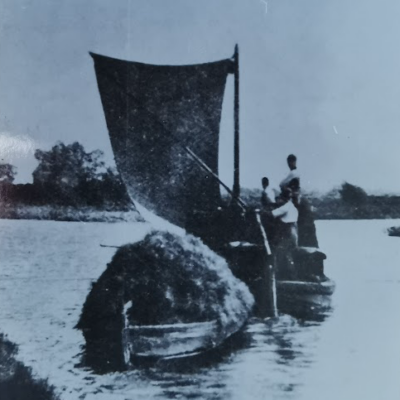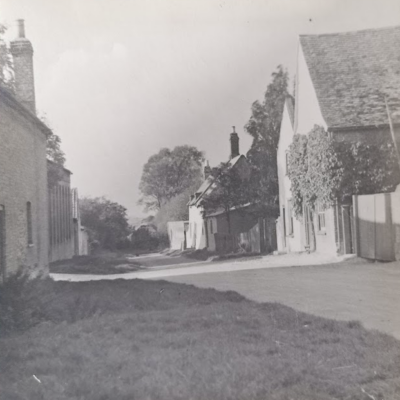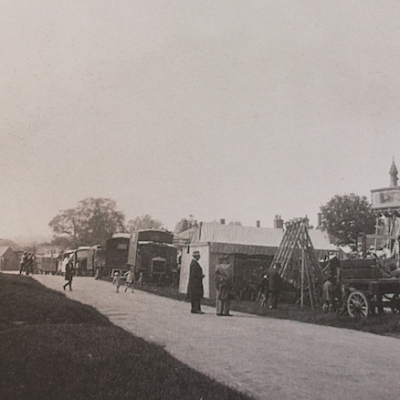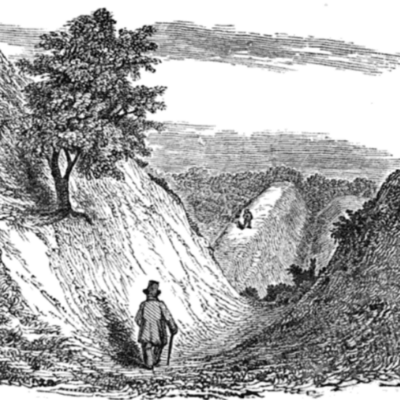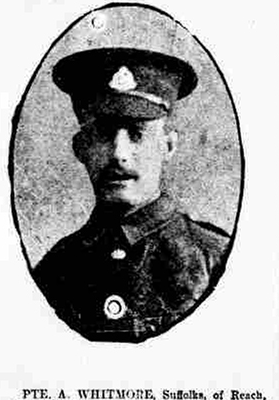Search by topic
- archaeology
- architecture
- bricklayer
- Building of Local Interest
- carpenter
- church
- crime
- dressmaker
- fire
- general labourer
- Great Eastern Railway
- listed building
- medieval
- oral history
- Public House
- Rattee & Kett
- Roman
- scholar
- school
- Then and Now
- tudor
- women
- work
- world war one
- world war two
Search by text
Reach Lode
History of Roman route
Cyril Fox (1923) in Archaeology of the Cambridge Area refers to : another(minor) work, possibly of similar date, is Reach Lode, which runs form the end of Devil’s Dyke at Reach to the Rover Camb near Upware. Roman remains have been found along the whole length of the ancient causeway which runs parallel to the Lode.
CAS Proceedings 2024 contains a paper about the history of Reach Lode by Michael Chisholm.
The abstract follows: It is well known that Reach was an important medieval inland port, connected to the river Cam and the Fenland waterways by an artificial channel of unknown date, Reach Lode. It is widely believed that the Lode was first dug in Roman times. Reach Lode is particularly important because, uniquely among the East Cambridgeshire lodes, it has seemed that there was reliable evidence for dating its origin. However, when the evidence for a Roman origin is examined, it becomes apparent that the attribution should be reviewed, forcing consideration of an alternative Anglo-Saxon or post-Norman Conquest date for a lode. As will be shown, there is a fundamental problem in the literature from as early as 1933 and continuing up to the present day. Scholars have assumed that a Roman waterway connection between Reach and the Cam at Upware could only have been achieved by means of an artificial channel virtually all the way. What has not been considered is the possibility that a natural stream may have been used.
Contribute
Do you have any information about the people or places in this article? If so, then please let us know using the Contact page or by emailing capturingcambridge@
License
 This work is licensed under a Creative Commons Attribution-NonCommercial-ShareAlike 4.0 International License.
This work is licensed under a Creative Commons Attribution-NonCommercial-ShareAlike 4.0 International License.









